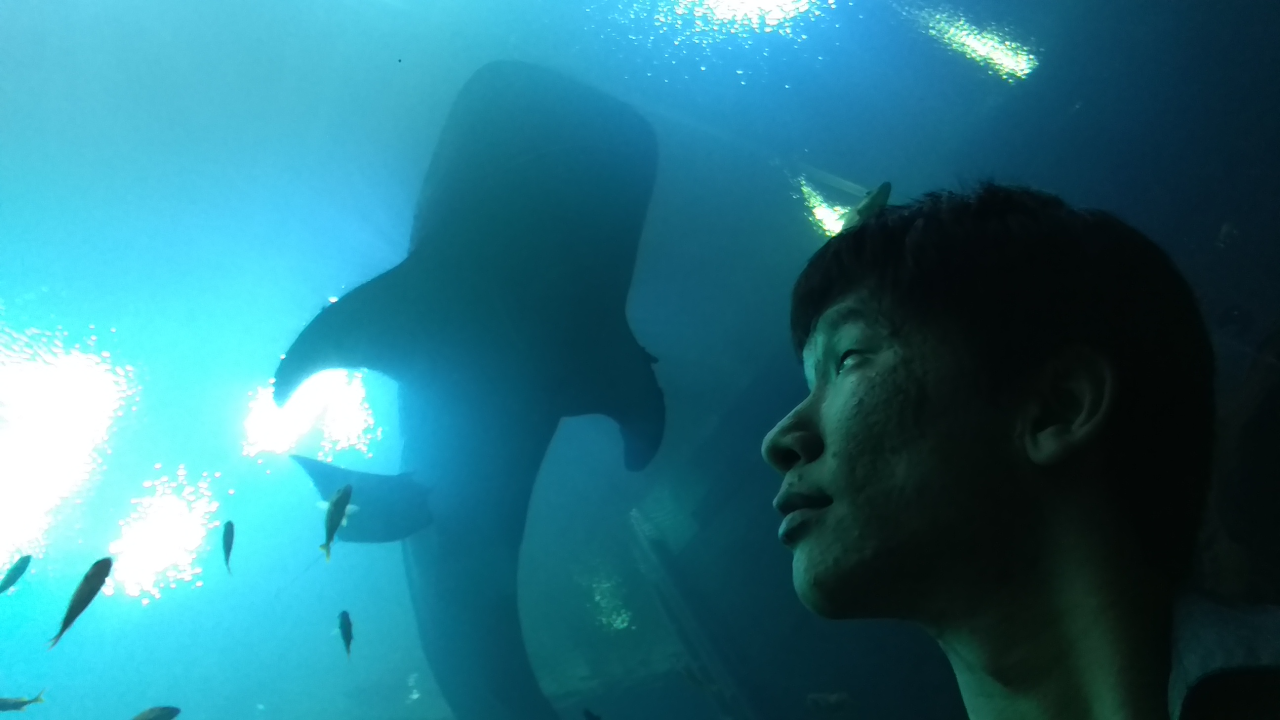 Why are there so many fish in the sea? To answer questions about fish biodiversity, the goal of my research is to understand how fishes evolved, including understanding their relationships, the evolution of their traits such as body size, and how fishes diversified. To do this, I use genomics to reconstruct evolutionary trees (phylogenomics), which provide a historical framework for comparative methods I use to infer how genes, genomes, and traits evolved and to infer the pattern of diversification. My research encompasses fishes great and small, including the largest fish, the whale shark, down to some of the smallest fishes.
Why are there so many fish in the sea? To answer questions about fish biodiversity, the goal of my research is to understand how fishes evolved, including understanding their relationships, the evolution of their traits such as body size, and how fishes diversified. To do this, I use genomics to reconstruct evolutionary trees (phylogenomics), which provide a historical framework for comparative methods I use to infer how genes, genomes, and traits evolved and to infer the pattern of diversification. My research encompasses fishes great and small, including the largest fish, the whale shark, down to some of the smallest fishes.
I am a research scientist at the Illinois Natural History Survey, at the University of Illinois at Urbana-Champaign. I was previously a postdoctoral fellow funded by the National Science Foundation sponsored by Guillermo Ortí (George Washington University) and Carole Baldwin (Smithsonian Institution), where I was studying the diversification of catfishes, which make up roughly 5% of all vertebrate species. Before that, I was a postdoctoral fellow at Emory University in the Department of Medicine supervised by Timothy D. Read (Emory University) and Alistair D. M. Dove (Georgia Aquarium), where I studied the whale shark genome. I received my Ph.D. from Auburn University, where I was supervised by Jonathan W. Armbruster.
